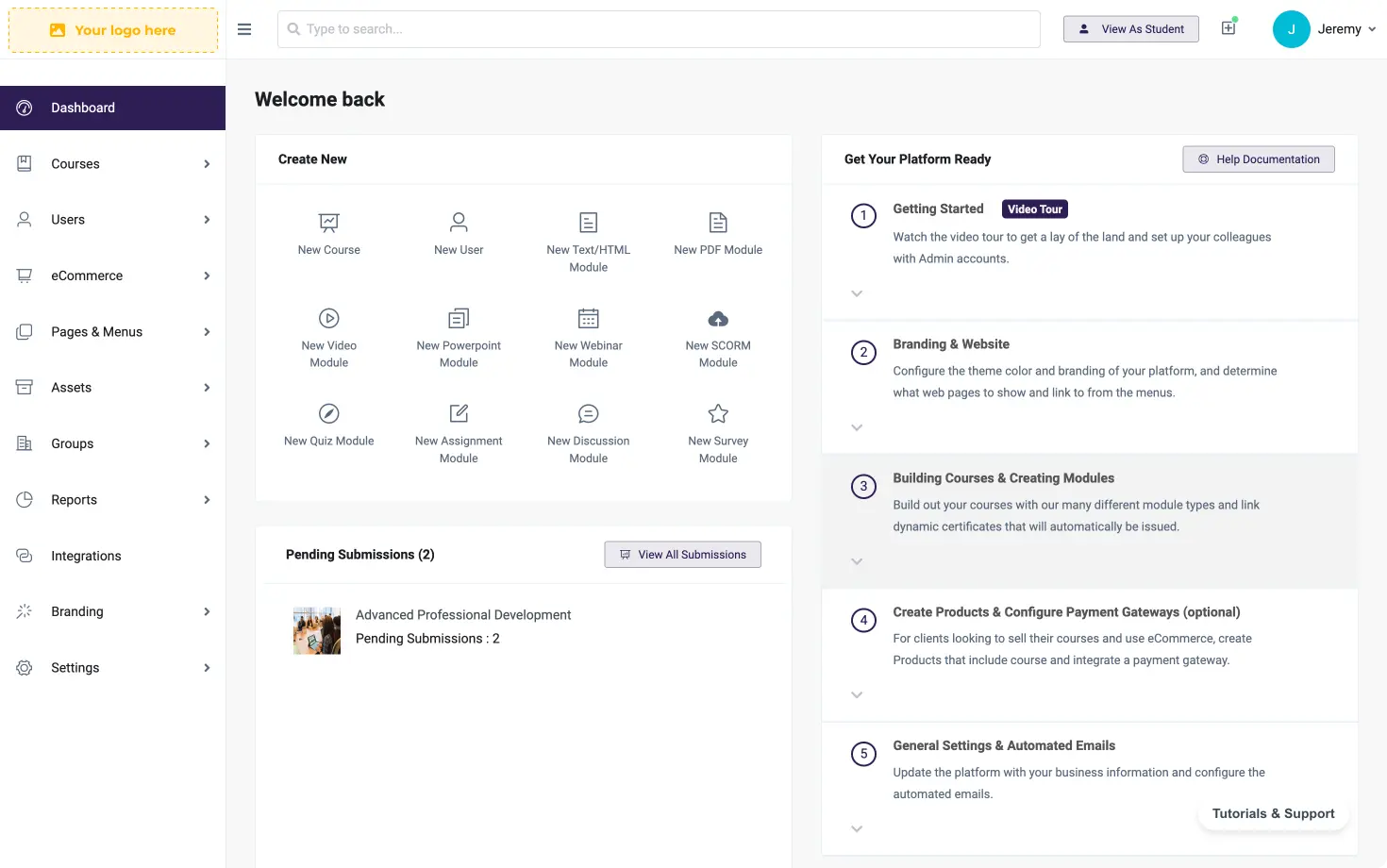Education, eLearning, Instructional Design
Summative Assessment: A Score That Weighs On Both Teacher and Student

Using summative assessments to both evaluate your students as well as your curriculum-planning.
Finally, in a wrap-up to the theme of assessments covered in previous articles, we will be discussing the method (and providing a definition) in which you evaluate your online students for cumulative grades. We’ll also discuss how you can use this information to your benefit as a teacher.
In the first article (Online Teaching Strategies), we discussed the importance of using diagnostic assessments at the beginning of an eCourse, a unit, or lesson, and before introducing new intensive online educational content, in order to evaluate your students’ previous experience with the material. This allows you to tailor the curriculum of your course to maximize the effectiveness and efficiency of your students’ learning experience with you.
The second article – Adjusting Your Online Teaching Strategy – covered the use of formative assessments scheduled throughout your curriculum, in order to evaluate and keep track of how well your students are retaining content, and adjusting content delivery to further ensure that your teaching is efficient and effective.
It only makes sense then that we talk about assessing your online students at the end of a unit, course, or other sub-section of content that you have broken down and scheduled into your curriculum. Due to the cumulative nature of this type of student evaluation, these are referred to as summative assessments, and are absolutely necessary for you as a teacher to evaluate and ultimately grade your students.
The three main characteristics below help provide a definition for what summative assessments are and how they should be used in an online learning environment.
1st characteristic – summative assessments “weigh” on both the teacher and the student
The three essential characteristics of these assessments are that they are weighted, they occur as the final evaluation before beginning new content, and they should aim to be comprehensive.
For those who may be unfamiliar with the term, summative assessments are evaluations that teachers use to evaluate student content-retention and mastery at the end of a unit within a course, and the course as a whole. These are the assessments that you use to actually grade students and determine their standing within the course, and therefore are arguably the most important evaluations for the student/teacher relationship, as they are the numbers (or letters, if you decide to use that grading system) that you as a teacher are willing to stand by when your student passes or fails your course.
Evaluations like these do not necessarily differ in format from the other two types of assessments (diagnostic, formative), so they can also take the form of quizzes, short tests, small research assignments, or any other short-term activities. However, the first and most important characteristic to keep in mind with summative assessments is that they are weighted.
Although all assessments require grading in order to evaluate students, weighted assessments are evaluations that the teacher keeps on permanent record, and therefore uses to ultimately determine a student’s final grade in a course. This is why you will want to make sure that you put the most amount of thought into developing the summative assessments that you place in your course and that you make clear to your students in advance what they are worth. In this way, the importance of these assessments “weighs” on both the teacher and the student simultaneously. The student will have to prepare and stand by the work they submit to you for evaluation, and you will have already prepared (when you created the assessment) and are ready to stand by the grade you assign to the student’s work.
2nd characteristic – placement of summative assessments
Furthermore, the second characteristic of summative assessments is that they must only be scheduled at the end of whatever sub-section or unit that you schedule into your course, including course-end. There should be no time where a summative assessment occurs in the middle of a unit, sub- section of course content, or any other obvious break between course material.
You should only schedule a summative assessment once you are ready to move onto something new in your curriculum, since you are looking to see if your students have mastered the content you have just finished teaching them previously.
3rd characteristic – comprehensive
It is with this concept in mind that we realize why we need to design these assessments to be comprehensive in nature – the third characteristic of summative assessments. Since we want to use these assessments to determine whether or not our students have mastered the material we have just taught, we will want to ensure that these evaluations cover all of the different lessons, teaching points, and information that have been taught in the course up to that point. It is this element of assessment design that has prompted many teachers, when developing course curriculum, to plan the delivery of their course starting with summative assessments as major plot points, and working out unit breaks and content sub-sections backwards.
Much like a fiction novelist may begin with the climax and work the plot in reverse to establish character and setting, teachers can use the planning of summative assessments to develop effective course curriculum-planning. Do you have what it takes to be the next Agatha Christie or J.K Rowling of online e-teaching?
